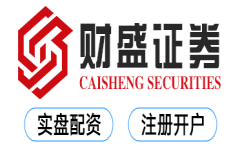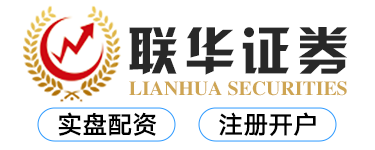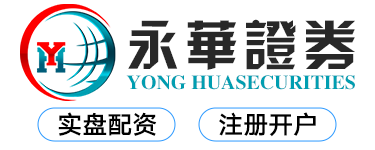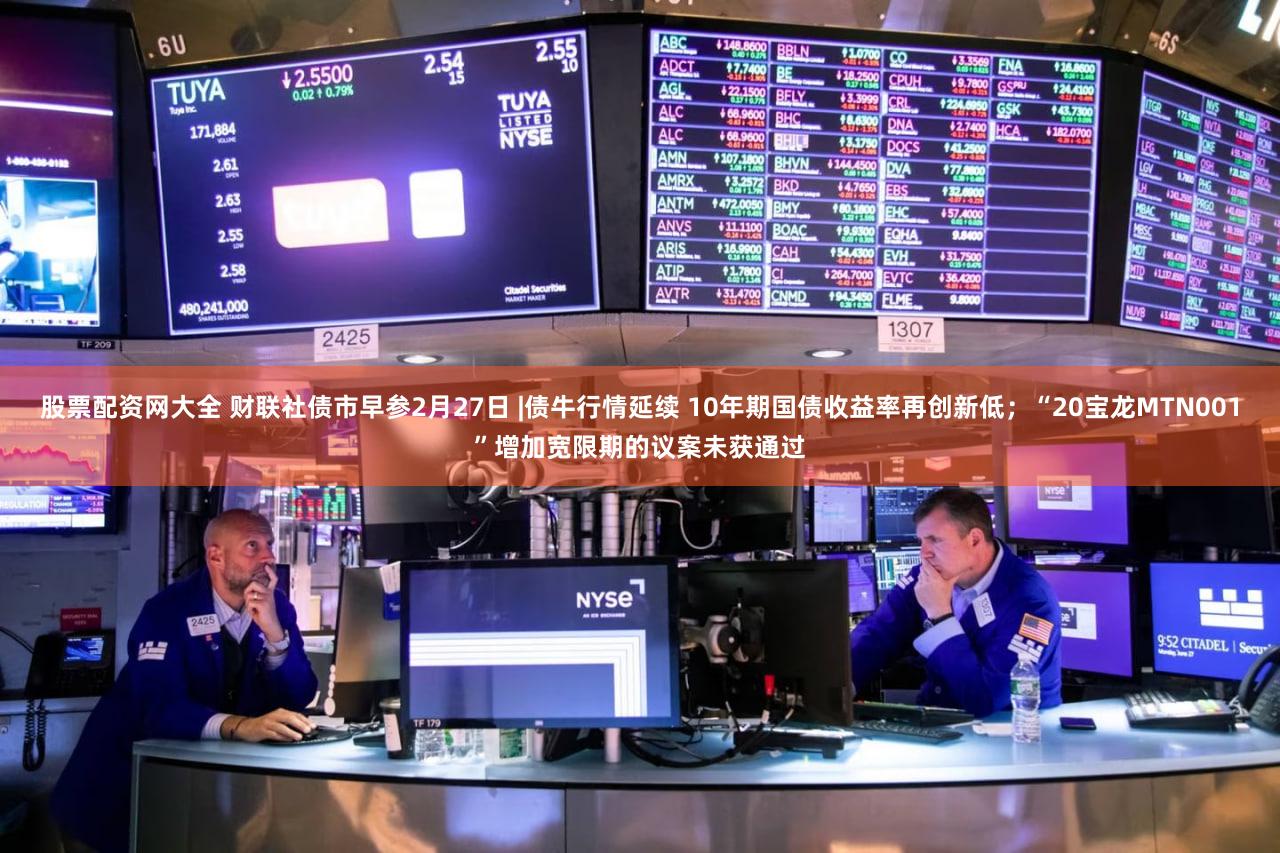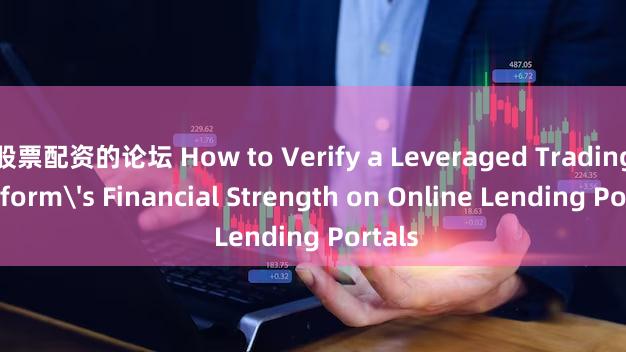
How to Verify a Leveraged Trading Platform's Financial Strength on Online Lending Portals?
Meta Description: Learn how to assess the financial health of online leveraged trading platforms, including detailed steps, crucial factors, and expert insights to protect your investments.
Headline: Don't Get Burned! Verify Your Online Leverage Trading Partner's Financial Health.
Investing in leveraged trading, while potentially lucrative, carries inherent risks. Choosing the right platform is paramount—and that means more than just checking the trading fees or the available assets. It's about digging deep, getting your hands dirty, and verifying the financial muscle of the platform you're entrusting your hard-earned money to. Think of it like this: you wouldn't buy a car without checking its reliability, would you? The same logic applies, tenfold, when you’re dealing with potentially high-risk, high-reward investments like leveraged trading. A shaky platform can mean the difference between a handsome profit and a complete wipeout. So, how do you ensure you’re not placing your bets with a financial lightweight? That's where our expertise comes in. We've been navigating the often-murky waters of online leveraged trading for years, witnessing firsthand the devastating impact of choosing a financially unstable platform. This article will equip you with the knowledge and tools to scrutinize online lending portals and dissect the financial health of potential partners, helping you make informed decisions and avoid costly mistakes. We'll walk you through specific steps, uncover hidden red flags, and provide concrete examples to illuminate the path to confident and secure leveraged trading. Ready to become a more discerning investor and take control of your financial future? Let's dive in!
Seed Keyword: Assessing the Financial Strength of Online Lending Platforms
Finding a reputable online lending portal for leveraged trading isn't a walk in the park. It's a process that demands diligence, skepticism, and a healthy dose of due diligence. Simply glancing at the flashy website or impressive marketing materials won't cut it. You need hard data, verifiable information, and a clear understanding of what constitutes financial strength in this context. Let’s break it down:
1. Regulatory Compliance: This is the cornerstone of financial stability. A legitimate platform will be registered and regulated by the appropriate authorities. This often involves rigorous checks and ongoing monitoring. Look for licenses and registrations. For example, in the US, you might look for registration with the Securities and Exchange Commission (SEC) or similar bodies in other jurisdictions. A lack of regulatory oversight is a major red flag!
2. Transparency and Disclosure: Reputable platforms are transparent about their financial health. They typically provide regular financial statements, audited reports, and information on their capital reserves. Avoid platforms that are secretive or vague about their financial standing. It's like a company refusing to disclose its balance sheet - a huge warning sign!
3. Years of Operation: A longer operational history generally indicates stability and experience in the market. However, don't solely rely on this factor; it's just one piece of the puzzle. Startups can be innovative and successful too, but you need to carefully vet their financial backing and business model.
4. Client Reviews and Testimonials: While not a foolproof method, reading reviews and testimonials from other users can offer valuable insights. However, bear in mind that reviews can be manipulated, so approach them with a critical eye. Look for patterns and consistent feedback rather than focusing on individual statements.
5. Independent Audits: Platforms regularly audited by reputable accounting firms provide a higher degree of assurance regarding their financial health. Independent audits should be readily available, ideally on their website.
6. Capitalization and Reserves: This is the meat and potatoes of financial strength. A platform should have substantial capital reserves to absorb potential losses and maintain solvency, even during market downturns. Look for information about their capital adequacy ratio – a crucial metric measuring their ability to meet financial obligations.
How to practically assess a platform's financial health:
-
Examine their website: Look for sections dedicated to "About Us," "Legal," or "Financials." Credible platforms will readily provide information about their regulatory compliance, history, and financial statements.
-
Contact the platform directly: Don't hesitate to reach out to their customer support to ask questions about their financial health. A genuine platform will be happy to provide you with information and address your concerns.
-
Use third-party resources: Several financial news websites and rating agencies may provide assessments of online lending platforms. Treat this as supplemental information, however, and cross-reference with other sources.
Understanding Key Financial Metrics:
| Metric | Description | Importance | |-------------------------|---------------------------------------------------------------------------------|-----------------------------------------------------------------------------| | Capital Adequacy Ratio | Measures a platform's capital relative to its risk-weighted assets. | Higher is better; indicates greater ability to absorb losses. | | Debt-to-Equity Ratio | Shows the proportion of a platform's financing from debt versus equity. | Lower is better; indicates less reliance on debt financing. | | Liquidity Ratio | Indicates a platform's ability to meet its short-term obligations. | Higher is better; ensures the platform can readily meet its payments. | | Return on Equity (ROE) | Measures the profitability of a platform relative to its equity investment. | Higher is generally better (but consider the risk involved in achieving it)|
Remember, there's no silver bullet; you need a multi-faceted approach. Don't rely on a single indicator.
Frequently Asked Questions (FAQs)
Q1: What happens if my chosen platform collapses?
A1: Unfortunately, in such a scenario, your investment could be jeopardized. The extent of the loss depends on several factors, including the type of investment, the platform's liquidation procedures, and the presence of investor protection schemes.
Q2: Are all online lending portals risky?
A2: No, not all are inherently risky. However, the risk level varies greatly. Thorough due diligence is crucial to identify reputable platforms.
Q3: How can I report a suspicious or fraudulent platform?
A3: Report them to the relevant regulatory authorities in your jurisdiction. You can often find contact information on the regulatory body's website.
Q4: What is the role of insurance in protecting my investments?
A4: Some platforms may offer insurance or other protection schemes. However, the extent of coverage can vary significantly, so review the terms and conditions carefully.
Q5: Can I diversify my investments across multiple platforms to mitigate risk?
A5: Diversification is a sound strategy to spread risk. However, ensure that each platform undergoes the same rigorous due diligence process before investing.
Q6: What are some warning signs of a potentially unstable platform?
A6: Lack of transparency, absence of regulatory compliance, unrealistic promises of high returns, inadequate customer support, and negative reviews are all red flags.
Conclusion
Choosing a financially sound online leveraged trading platform is a non-negotiable step towards successful and secure investing. By diligently following the steps outlined above and applying critical thinking, you significantly enhance your chances of avoiding pitfalls and maximizing your returns. Remember, your financial well-being is paramount. Don't rush the process; thorough investigation pays off in the long run. So, take your time, do your homework, and choose wisely. Your financial future depends on it!
文章为作者独立观点,不代表财盛证券观点

